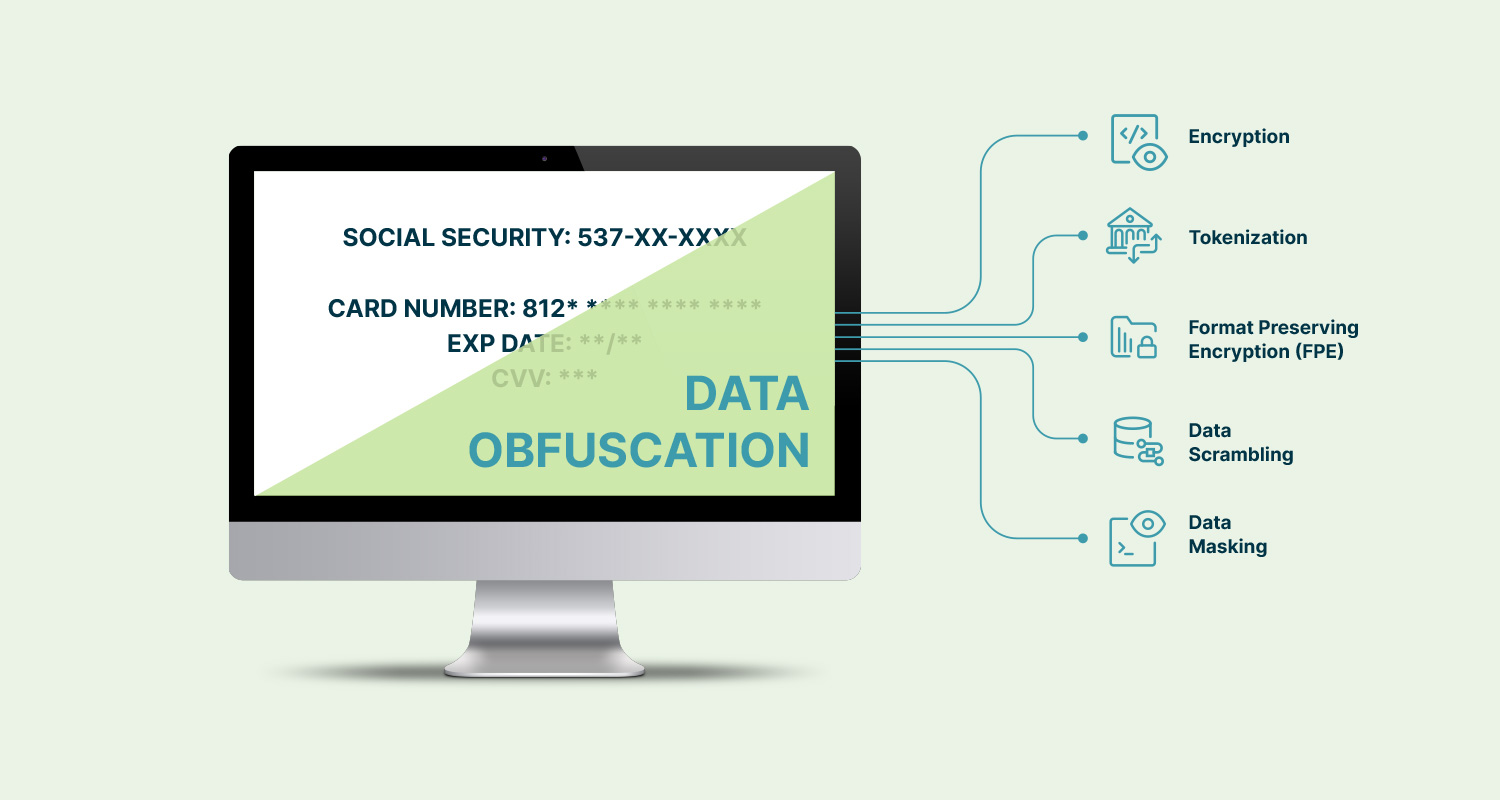As the COVID-19 pandemic curve begins to flatten across the country and employers contemplate reopening locations, they face a critical need for a plan to address logistics and employee safety concerns.
With so many governmental changes and new guidelines on the lifting of shelter-in-place orders, business leaders can feel overwhelmed and uncertain about how to begin to get their businesses, and the employees working in them, to a new “normal” way of operating, at least until a vaccine for COVID-19 is approved and widely deployed. At Sequoia, we want to help companies manage through these decisions by providing information and guidance. To that end, this article provides some key information, considerations and practical steps to help company leaders make decisions and plans for the path forward. There are quite a few, but we’ve broken them down into legal and practical considerations.
Legal Considerations for Returning Employees to the Workplace
Employers are now faced with an evolving workers’ compensation landscape that varies state to state. Historically, illness spread through community transmission has not been presumed to have been contracted in the workplace and has not generally been an accepted workers’ compensation claim. While there have been exceptions to that guideline, in most jurisdictions they have only come into play if special aspects of employment apply, or increased risk due to occupation have increased the likelihood of transmission. Otherwise employers did not need to consider the impact to their workers’ compensation policy.
As the number of COVID-19 cases involving front line and essential workers grows many states, like California, are issuing executive orders extending workers’ compensation insurance to those who were required to work outside of their homes during the shelter-in-place. In California, the issued order allows for a presumption of industrial exposure when COVID-19 diagnosis is confirmed but does allow for the employer to rebut. As these orders place the administrative burden on the employer and insurer, it is intended to afford medical benefits and lost time pay for those who were required to provide critical services to their communities during the shelter-in-place. The long-term financial impact on the workers’ compensation system is expected to be massive. Employers with large deductible or loss sensitive workers’ compensation policies will be required to share in a significant portion of each claim filed, subject to policy deductibles and stop loss.
Employers must also consider the legal implications of a return-to-work plan. Pursuant to the Occupational Safety and Health Act (OSHA), employers have a general duty to maintain a safe working environment. A failure to follow OSHA rules for providing personal protective equipment (PPE) could serve as a basis for civil litigation in some jurisdictions and could potentially void the exclusive remedy of workers compensation protection for an employer where gross negligence or willful conduct is established.
Also, the existence of inconsistent and conflicting local, state and national governmental orders will likely serve as a basis for civil litigation and create serious risk management challenges for employers operating in multiple locations. Employees who feel they are forced to return to work too early could cite conflicting guidance as grounds for liability if they contract coronavirus after returning to work.
The best defense for employers to mitigate all this risk is a good offense: to adhere closely to the Centers for Disease Control and Protection (CDC) and OSHA guidelines on returning to work safely, and following the directives most applicable to the physical location(s) where employees work. (See Practical Considerations, below.)
Practical Considerations for Returning Employees to the Workplace
A compilation of some of the guidance provided by governmental agencies (Please see their websites for more information)
The U.S. Equal Employment Opportunity Commission (EEOC) recently expanded its guidance, providing direction on how employers should and can interact with employees without violating the confidentiality required by the Americans with Disabilities Act (ADA).
OSHA offers guidance for employers to identify where and how employees could be exposed to coronavirus in the workplace, including steps to take for jobs categorized by exposure risk and how to record those incidents appropriately. OSHA recommends creating an infectious disease preparedness and response plan that considers and addresses the level(s) of risks associated with various worksites and job tasks workers perform at those sites.
The CDC has released a helpful flow chart for businesses in a non-healthcare setting, to guide the decision-making process on when and how to return to work. The CDC guidelines are also intended to help employers understand the nature of the virus better so as to prevent associated discrimination in the workplace, reduce the transmission of the virus, maintain a healthy working environment and identify employees who can work safely.
Some of the strategies suggested by the CDC include the following:
-
Revisit / establish company policies to increase the safety of employees when in the workplace
- Update existing pandemic business continuity plans for coronavirus or create them if not already in place. Some states, Minnesota as an example, may make written coronavirus preparedness plans a pre-requisite for opening workplaces.
- Establish policies and procedures around flexible worksites, hours (staggered shifts) and other measures to increase the physical distance between employees and others.
- Review human resources policies to make sure they are consistent with public health recommendations and existing state and federal workplace laws.
- Implement flexible sick leave and supportive policies and practices.
- Update existing travel policies to reflect CDC Traveler’s Health Notices and develop policies around how employees should travel safely. Consider whether travel is necessary and use teleconferencing whenever possible.
-
Support and protect the health of employees and their families by establishing, communicating and following through on important steps for the return to the workplace
- Create screening measures to identify sick employees as soon as possible, which can include temperature checks and symptom inquiries. Employers should limit questions to coronavirus symptoms.
- Identify a workplace coordinator for coronavirus issues.
- Actively encourage sick employees to stay home and not return to work until the criteria to discontinue home isolation are met, in consultation with healthcare providers and state and local health departments. Employees who are well but have a family member at home who is sick with coronavirus should notify their supervisor and follow CDC recommended precautions.
- Equip offices to support and encourage employees to follow basic infection prevention measures including, but not limited to, frequent and thorough hand washing, respiratory etiquette, adequate tissues and trash receptacles for workers, customers and the public.
- Minimize face-to-face contact between higher-risk employees and others in work settings.
- Separate sick employees. Employers should inform fellow employees of their possible exposure to coronavirus without violating the confidentiality required by the ADA.
- Connect employees with available employee assistance program (EAP) resources, if available, and community resources as needed.
- Maintain a healthy work environment:
- Improved engineering controls for building ventilation systems that increase ventilation rates and increase the percentage of outdoor air circulating through the system
- Routinely cleaning and disinfecting all frequently touched surfaces by discouraging workers from sharing phones, desks, tools and equipment when possible
- By providing disposable wipes to disinfect commonly touched surfaces.
- Follow CDC guidelines for deep cleaning areas used by an infected employee.
- Take care when attending meetings and gatherings. Consider whether travel is in-person meetings are necessary and use teleconferencing whenever possible. When in-person meetings must be held, conduct them in open, well-ventilated spaces while maintaining social distancing.
-
Consider how to manage effects on the business that result from shelter-in-place orders. Some of these may include:
- Assess essential functions and the reliance others and the community have on your services or products. Be prepared to change business practices, if necessary, to maintain critical operations.
- Identify alternate supply chains for critical goods and services.
- Determine how to operate if absenteeism spikes from increases in sick employees, those who must stay home to care for sick loved ones, and those who must stay home to watch their children if dismissed from childcare programs and K-12 schools.
- Payroll Recordkeeping will be important. Employers should maintain diligent, detailed payroll records during this time and until normal business is fully resumed. Employees who are temporarily reclassified as 0012 will have their payroll earned during shut down set aside at audit, resulting in a lower annual premium for the employer. As guidance from the NCCI and state bureaus develops, employers should separately track wages and employees that may fall into each of the following groups separately:
- Employees who continue to receive pay but are not performing any work either remotely or in a company facility. These should be tracked as class code 0012 with a start/stop date. Payroll classified to these workers will not be calculated for the workers’ compensation premium. See #3 on NCCI’s FAQ section proposing a statistical code of 0012.
- Employees who have continued to work but are doing so remotely while performing the same duties that they were previously performing at a company facility. The example of this would be outside salespeople who can no longer meet with clients in person but continue to perform their role, virtually from home. Those may be reclassed from 8742 to 8810 with a start and stop date. This payroll is calculable for workers’ compensation premium and the temporary class code/rate. See #5 on NCCI FAQ specific to when employees may have been subject to a governing class code but now may be considered 8810 or 8871.
- Employees that have continued to work but are now performing a different job function. The example of this could be someone in manufacturing who is now transferred to project management due to physical shut down. The class code should be tracked with start/stop date and would be calculable under worker’s compensation. See #4 & #5 on NCCI’s FAQ.
- The Small Business Administration (SBA) has posted guidelines for smaller businesses and employers on its website. The site offers guidance regarding issues specific to small businesses, such as access to capital; workforce capacity; inventory and supply chain shortfalls; facility remediation and clean-up; insurance coverage; changing market demand; marketing; and creating a plan.
There is a lot to consider when making decisions about, and preparing for, how to lead your company on the path forward back to the workplace as shelter-in-place orders are lifted. There is a lot of information here, and much more available from the governmental agencies.
Should you have questions about how these guidelines apply to your business and employees you can contact Sequoia risk advisors at riskmanagement@sequoia.com.



